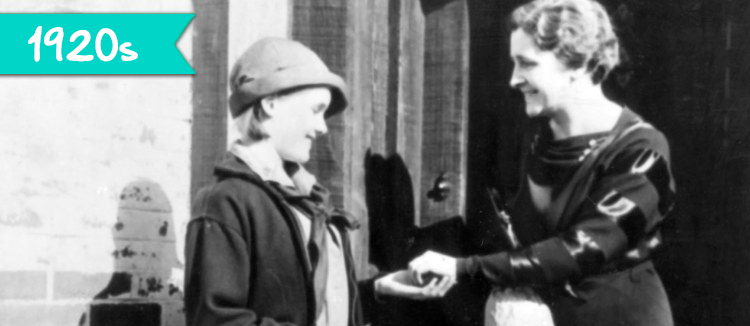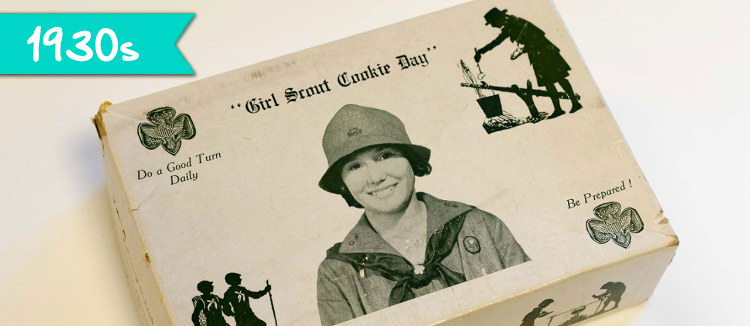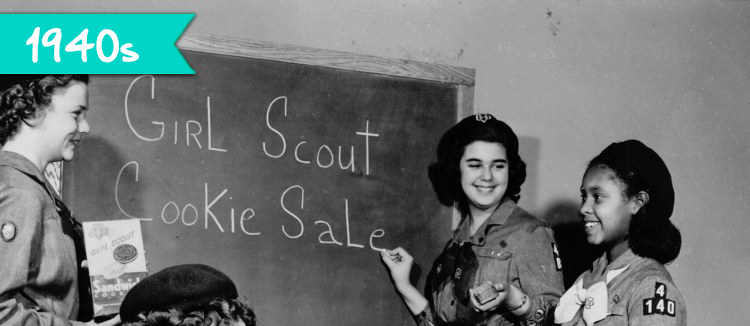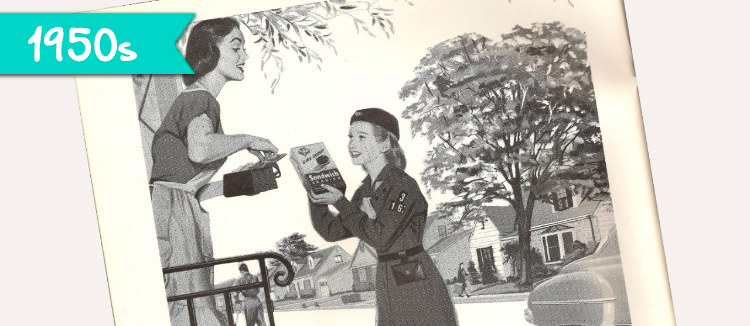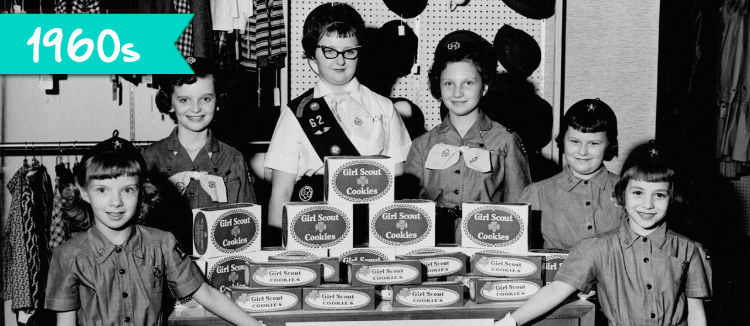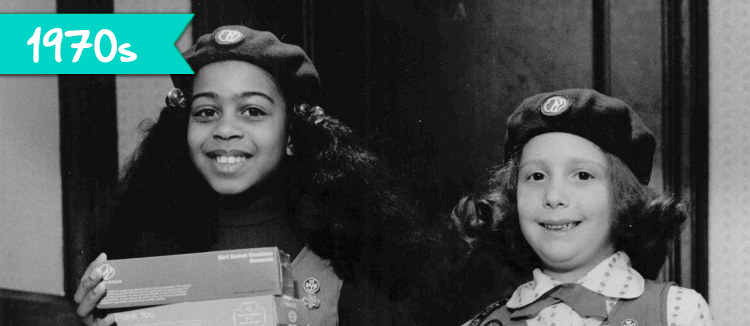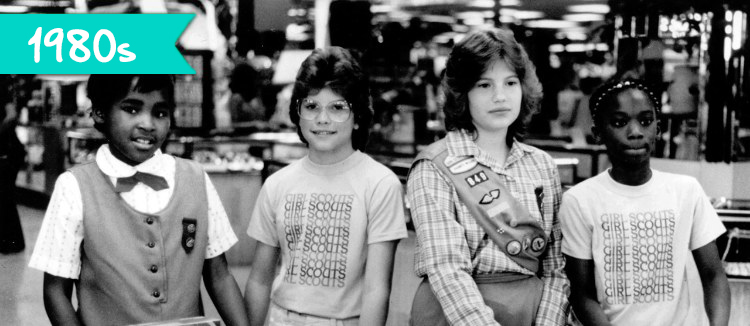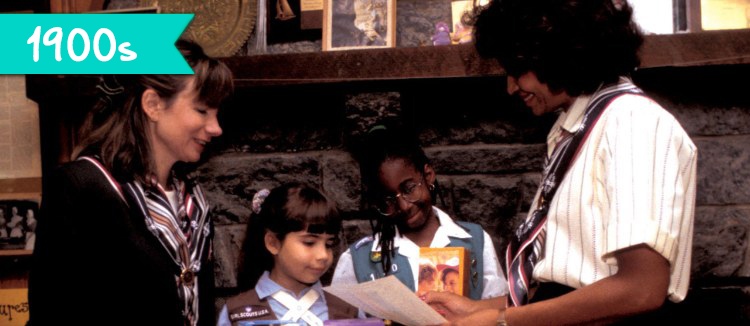- 1 cup of butter, or substitute
- 1 cup of sugar
- 2 tablespoons of milk
- 2 eggs
- 1 teaspoon of vanilla
- 2 cups of flour
- 2 teaspoons of baking powder
This amount makes six to seven dozen.
Modern-day tips (not part of the original recipe): Refrigerate batter for at least one hour before rolling and cutting cookies. Bake in a quick oven (375°) for approximately 8 to 10 minutes or until the edges begin to brown.


